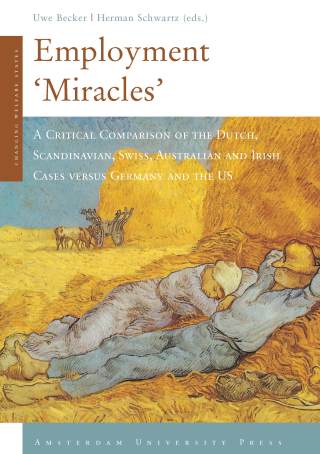

Changing Welfare States
A key finding and theoretical puzzle in comparative welfare state research has been the remarkable stability of welfare states. Recently, however, it has become clear that advanced welfare states were (far) less immoveable than they seemed at first. In fact, speaking of changing welfare states captures much better the actual reforms that were taking place.
This series Changing Welfare States is about the trajectories of those changes. Have there been pathbreaking welfare innovations or are the changes incremental instead? Are welfare states moving in a similar or even convergent direction, or are they embarking on divergent trajectories of change? What new policies have been added, by which kind of political actors, how, and with what consequences for competitiveness, employment, income equality and poverty, gender relations, human capital formation, or fiscal sustainability? What is the role of the European Union in shaping national welfare state reform?
This series answers these and related questions by studying the socioeconomic, institutional and political conditions for welfare state change, its governance, and its outcomes across a diverse set of policy areas. The policy areas can address traditional 'old' social risks like old age, unemployment, sickness (including the health care system), disability and poverty and inequality in general, or 'new' social risks that have arisen mainly due to post-industrialization, such as reconciling work and family life, non-standard employment, and low and inadequate skills. In addition to focusing on the welfare state more narrowly defined, the series also welcomes publication on related areas, such as the housing market. The overriding objective of the series is tracing and explaining the full trajectories of contemporary welfare state change and its outcomes.
Please note that this series has now been discontinued.

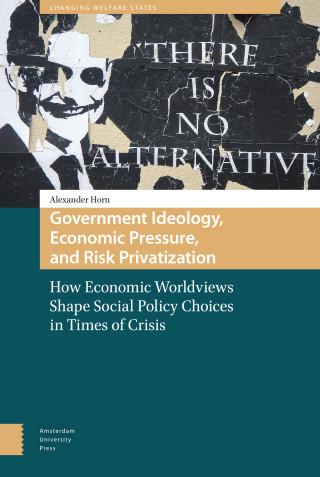
Government Ideology, Economic Pressure, and Risk Privatization
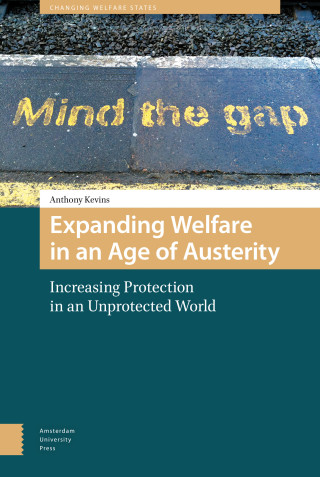
Expanding Welfare in an Age of Austerity
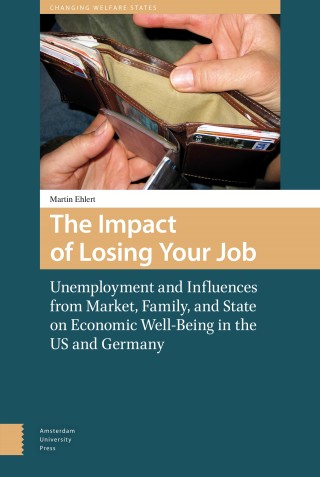
The Impact of Losing Your Job
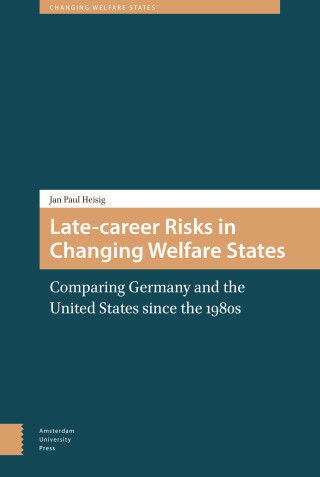
Late-career Risks in Changing Welfare States
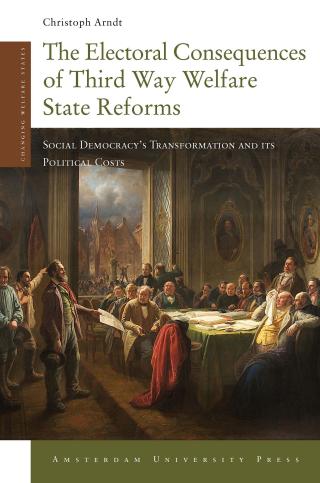
The Electoral Consequences of Third Way Welfare State Reforms
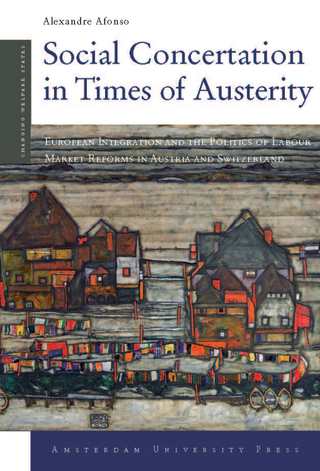
Social Concertation in Times of Austerity

A Long Goodbye to Bismarck?
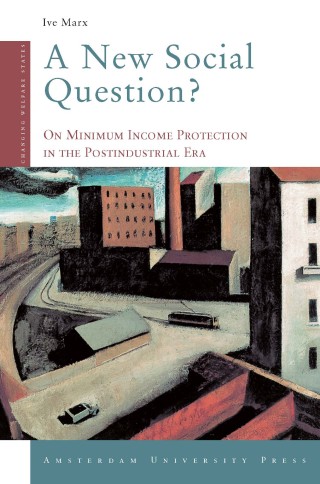
A New Social Question?

Wage Setting, Social Pacts and the Euro
